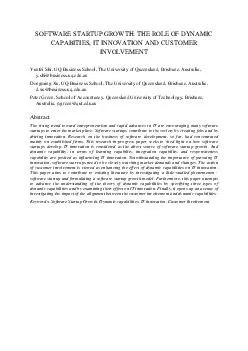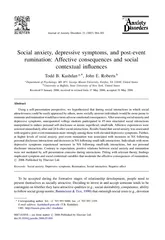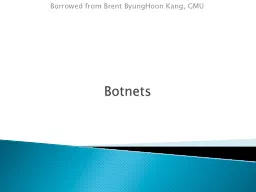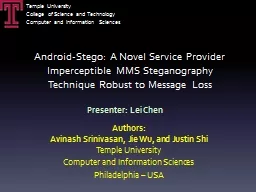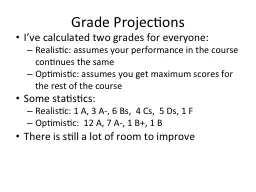PPT-Sentaurus Introduction & Step-by-Step Manual Chen Shi cshi3@gmu.edu
Author : cheryl-pisano | Published Date : 2019-11-02
Sentaurus Introduction amp StepbyStep Manual Chen Shi cshi3gmuedu 09162015 Tool Flow in Synopsys TCAD Design the device Simulate the device Temperature Bias Stimulus
Presentation Embed Code
Download Presentation
Download Presentation The PPT/PDF document "Sentaurus Introduction & Step-by-St..." is the property of its rightful owner. Permission is granted to download and print the materials on this website for personal, non-commercial use only, and to display it on your personal computer provided you do not modify the materials and that you retain all copyright notices contained in the materials. By downloading content from our website, you accept the terms of this agreement.
Sentaurus Introduction & Step-by-Step Manual Chen Shi cshi3@gmu.edu: Transcript
Download Rules Of Document
"Sentaurus Introduction & Step-by-Step Manual Chen Shi cshi3@gmu.edu"The content belongs to its owner. You may download and print it for personal use, without modification, and keep all copyright notices. By downloading, you agree to these terms.
Related Documents




